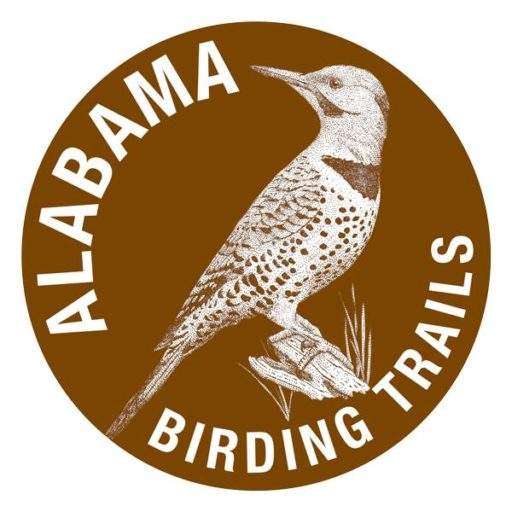Tags
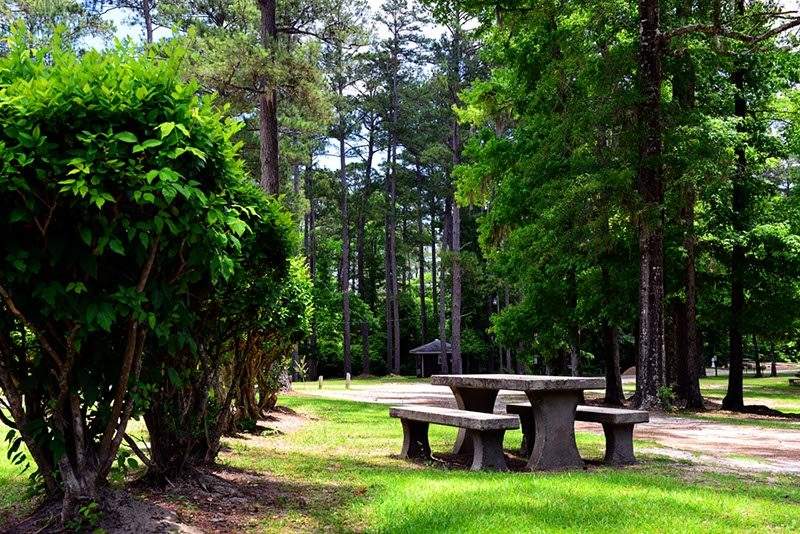
Bladon Springs State Park
Bladon Springs State Park’s well maintained 357 acres are accessed by a single main road, which leads to picnic pavilions, 10 camper hookups, and 4 mi …
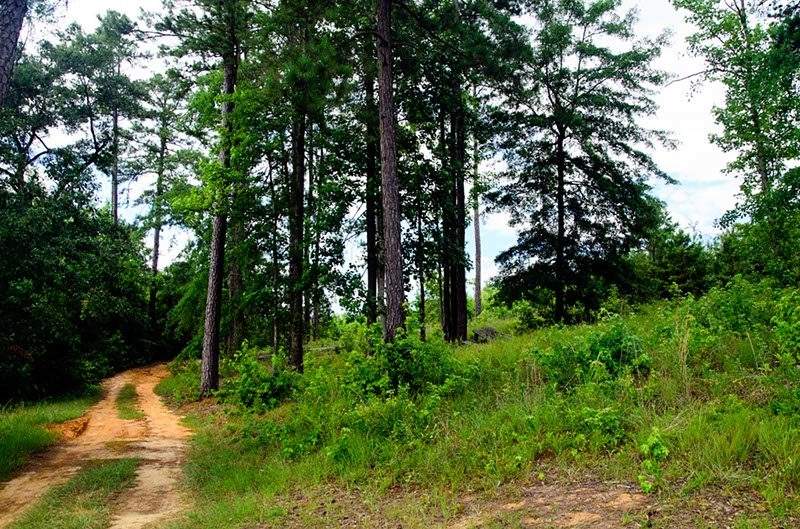
Blue Springs State Park
Blue Springs State Park is a quiet, 103-acre park featuring a clear blue underground-fed spring. The natural spring has a sandy bottom, pumps 3,600 US …
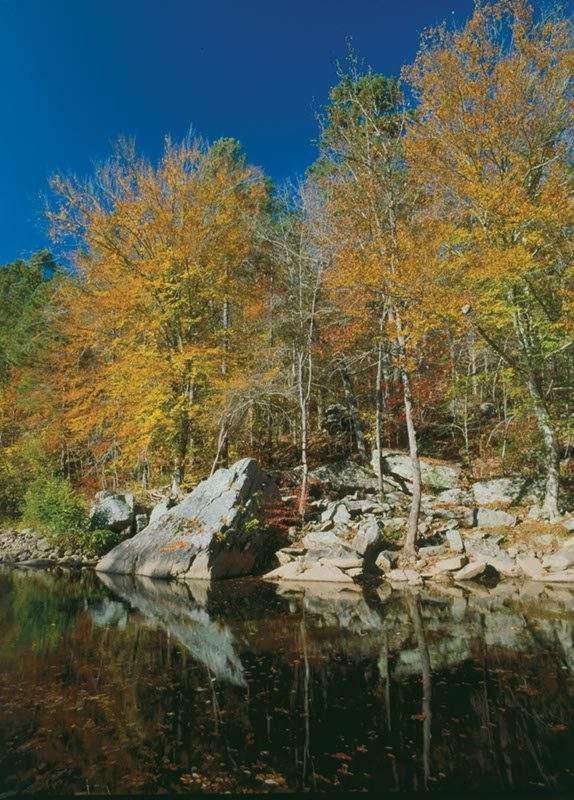
Buck’s Pocket State Park, Morgan’s Cove, and South Sauty Creek
Buck’s Pocket State Park’s wooded pocket canyon is complete with singing Red-eyed Vireos, Wood Thrushes, and Scarlet Tanagers. The park is also host t …
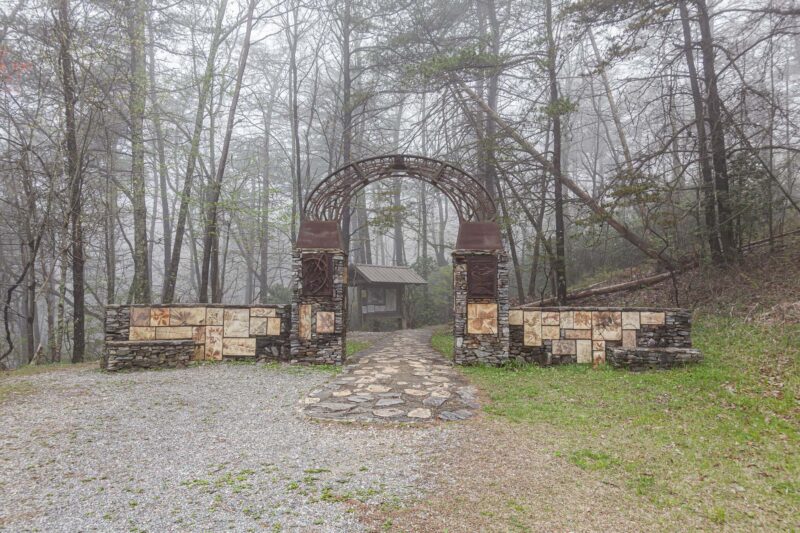
Cheaha State Park
Mount Cheaha is Alabama’s highest point, and it is one of the southernmost locations to find a number of the state’s more interesting breeding birds, …
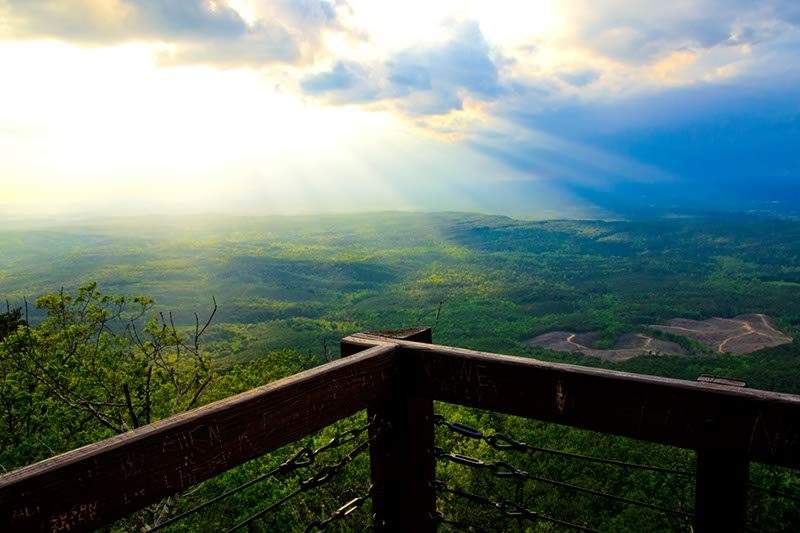
Cheaha State Park — Bald Rock Trail
The Doug Ghee trail, an easy, level, ¼-mile long, handicap-accessible boardwalk, begins just beyond the historic Bald Rock Lodge in the heart of Cheah …
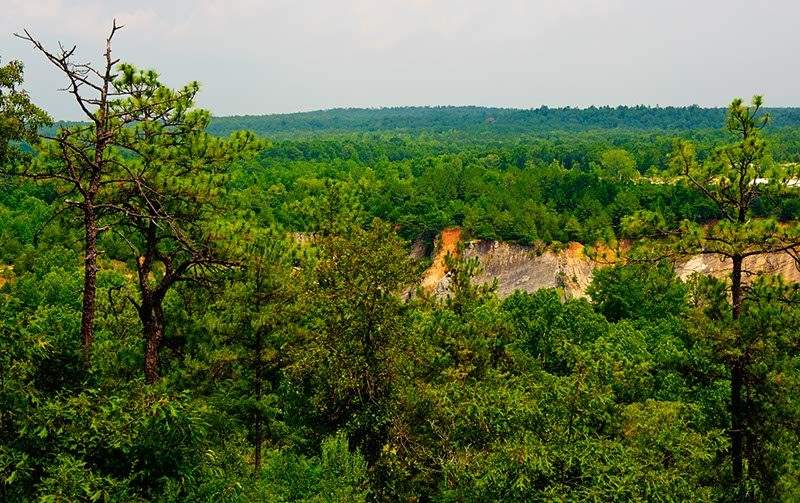
Chewacla State Park
Chewacla State Park’s 696 scenic acres offer a 26-acre lake, swimming area, playgrounds, hiking trails, a modern campground, picnic areas with tables, …
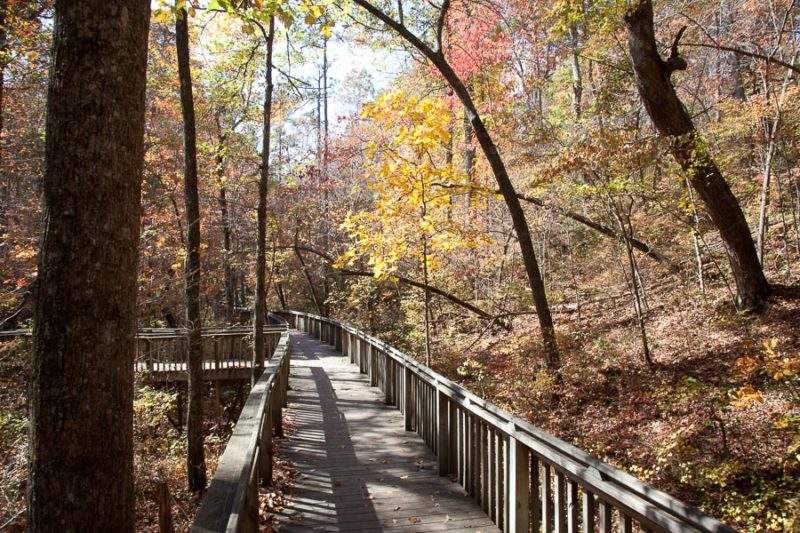
DeSoto State Park – Talmadge Butler Boardwalk Trail
Enjoy both woodland songsters-Kentucky and Hooded Warblers, Scarlet Tanagers and Yellow-throated Vireos and displays of native wildflowers and bloomin …
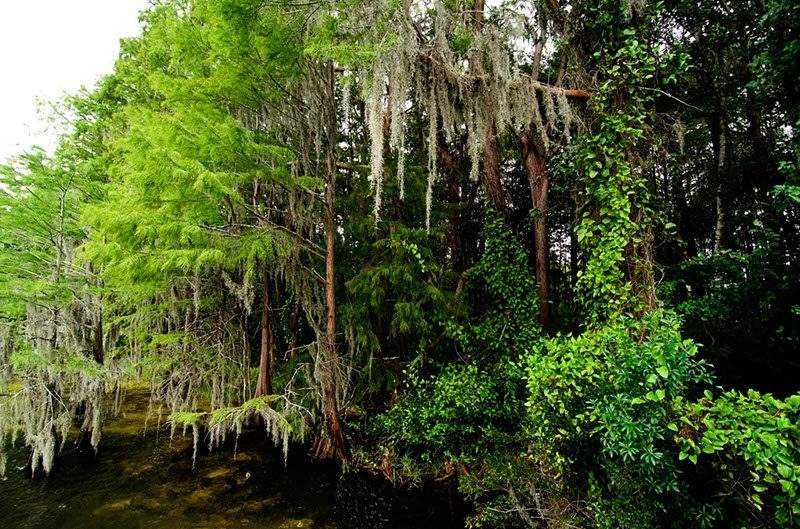
Florala City Wetland Park
The twin sites along the shores of 500-acre Lake Jackson provide boardwalk access through and above cypress hammocks, palmetto and scrub woods, and de …
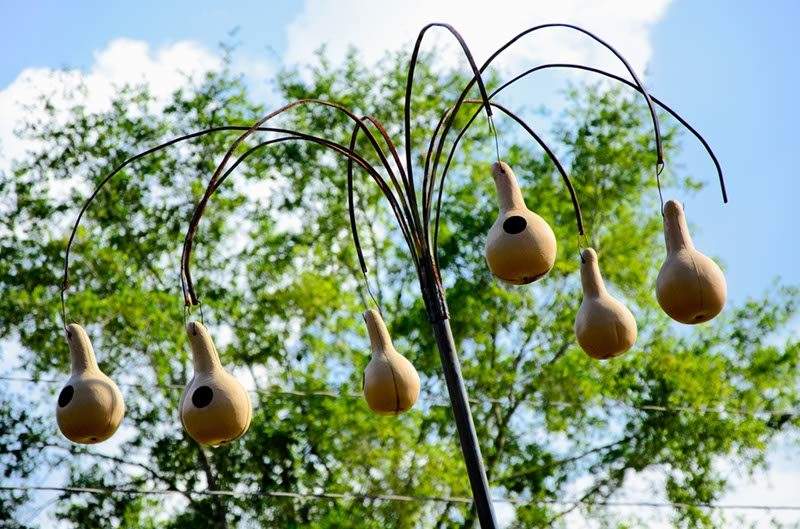
Frank Jackson State Park
Frank Jackson State Park is a 2,050-acre park centered on 1,000-acre Lake Frank Jackson, and offers boating, fishing, swimming, hiking, camping, and p …
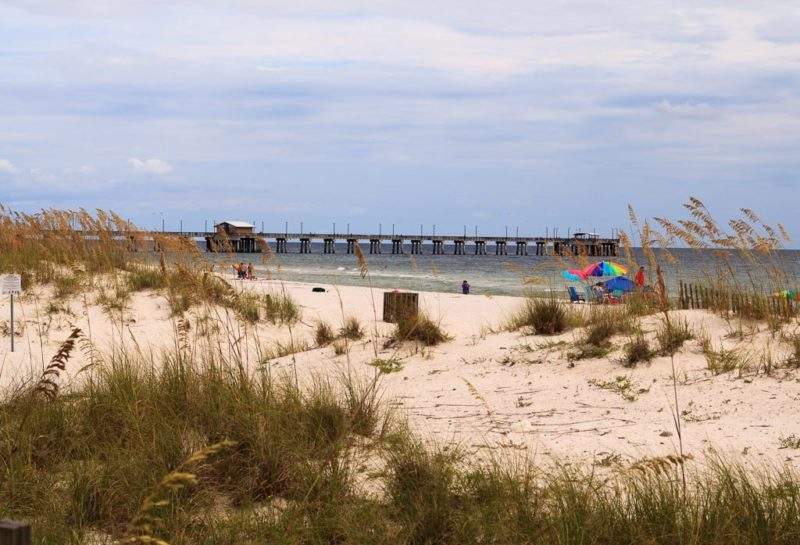
Gulf State Park Fishing Pier
There is a small admission for sightseeing, including birding. The end of the pier is an excellent viewing point for seabirds, especially in winter. P …
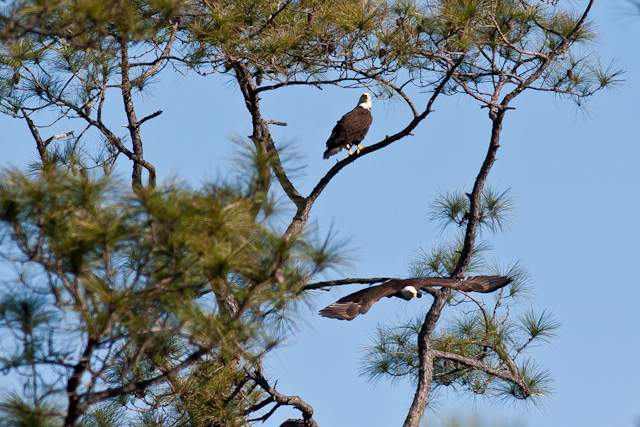
Gulf State Park Nature Center / Education Center
The Gulf State Park Nature Center exhibits plants and animals that are native to the Gulf Coast region. Bird checklists are available and the naturali …
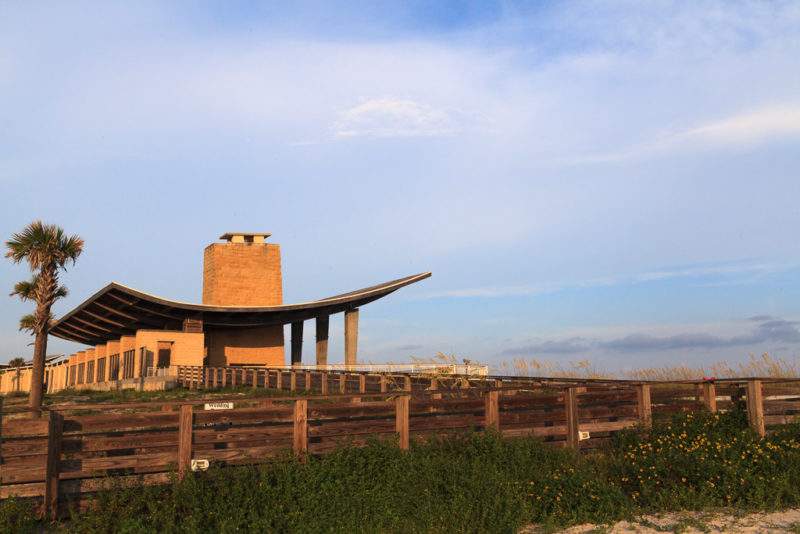
Gulf State Park Pavilion
Gulf State Park Pavilion is a large, covered picnic pavilion with tables and benches, restrooms and water fountains. The pavilion closes at sunset. Th …
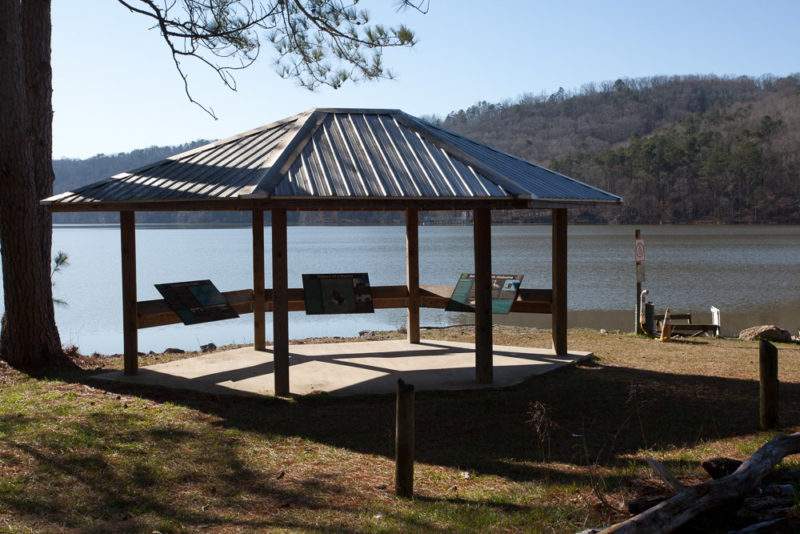
Guntersville State Park, Town Creek and Drive
Guntersville State Park is one of the premier birding areas in northeastern Alabama. Renowned for its Eagle Awareness Weekends, the park is best visit …
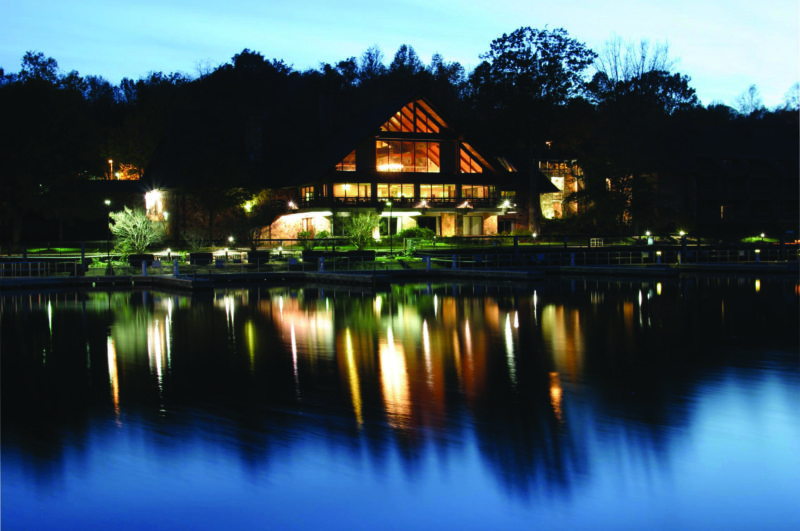
Joe Wheeler State Park
The park provides access to the north side of Wheeler Lake and the associated backwaters, which are often good for waterbirds. The park also contains …
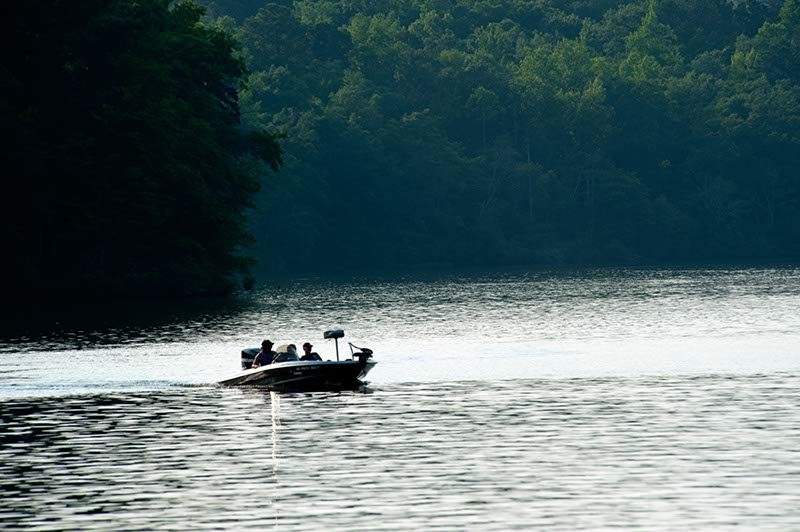
Lake Lurleen State Park
A large, well-visited park with staff, Lake Lurleen features a huge deep-water lake, extensive parking areas, and picnic areas under massive pines. Lo …
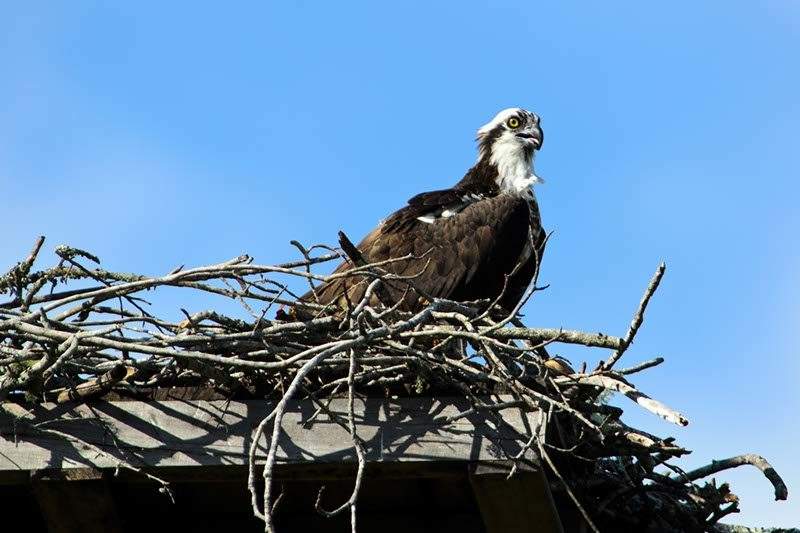
Lakepoint State Park
Lakepoint Resort State Park is situated on the shoreline of Lake Eufaula, and offers a marina, lodge, golf course, meadows, pine woods, grassy fields, …
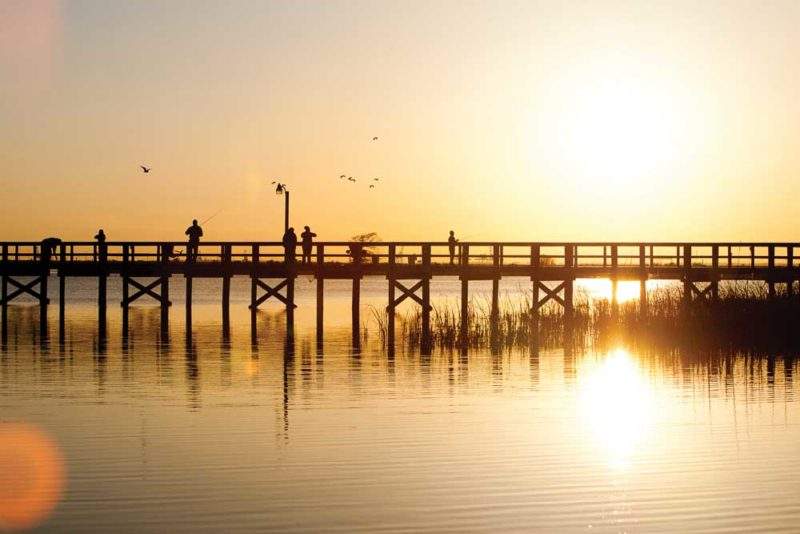
Meaher State Park
Meaher State Park’s 1.327 acres are situated in the wetlands of Mobile Bay. There are two boardwalks that offer the visiting birder an extensive view …
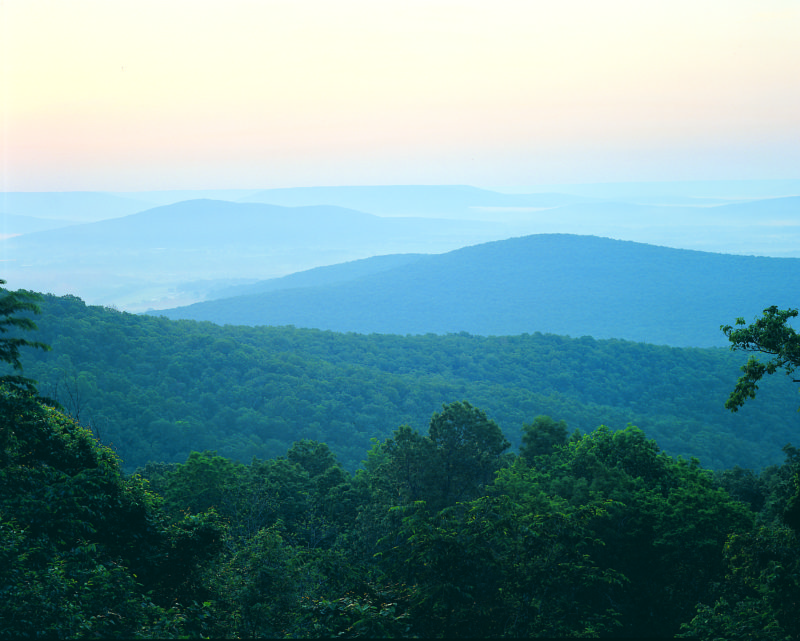
Monte Sano State Park
Monte Sano State Park sits atop a remnant ridge of the Cumberland Plateau, giving a fantastic view of the surrounding valleys and plateaus that cover …
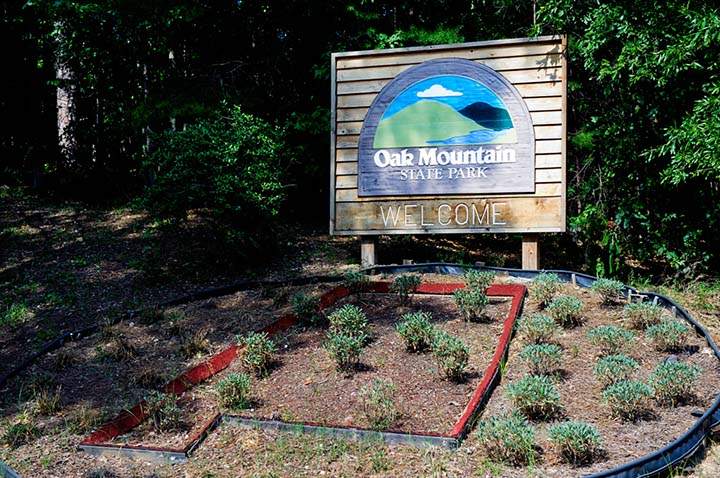
Oak Mountain State Park
Alabama’s largest state park, Oak Mountain offers a rich variety of good birding spots. The fishing lakes at the northeast end of the park, especially …
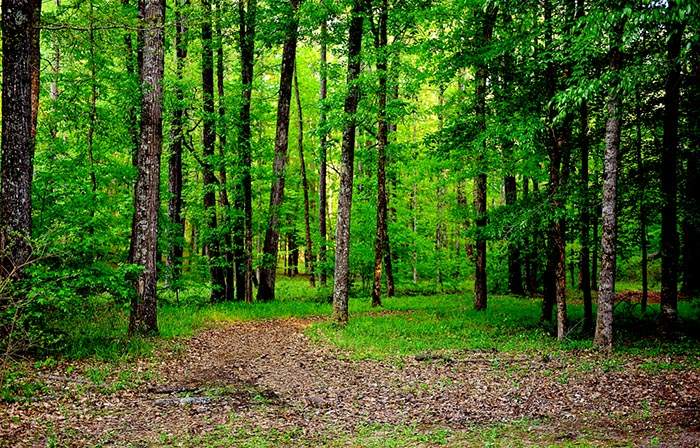
Paul M Grist State Park
A particularly attractive Dallas County site for woodland and riparian songbirds. Home to waders in late summer and fall, as well as a smattering of d …
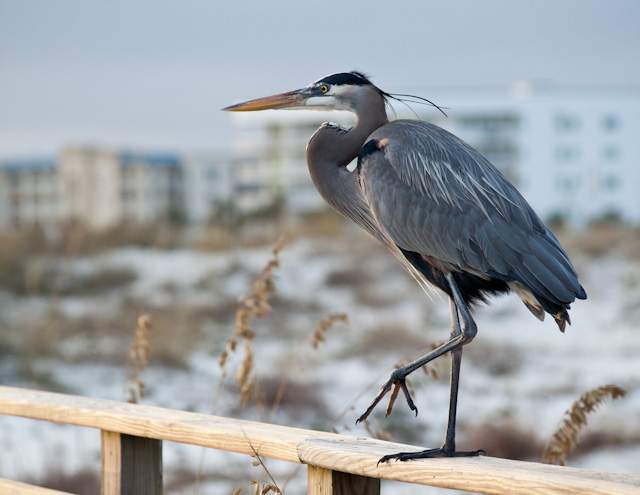
Perdido Pass / Alabama Point – East
Perdido Pass/Alabama Point East is part of Gulf State Park and consists of beach and sea oat habitat where there are opportunities for bird observatio …
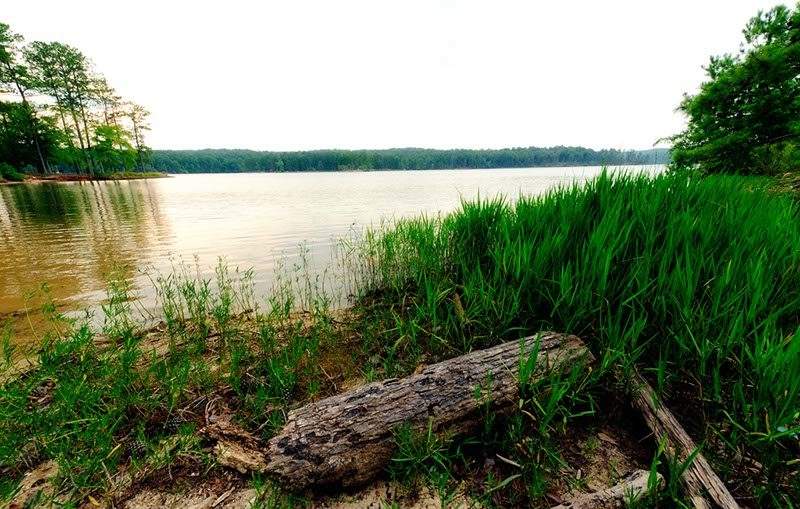
Wind Creek State Park
Wind Creek State Park is situated on a wooded promontory overlooking Lake Martin. Ospreys and Bald Eagles nest on the lake and both species may be see …
